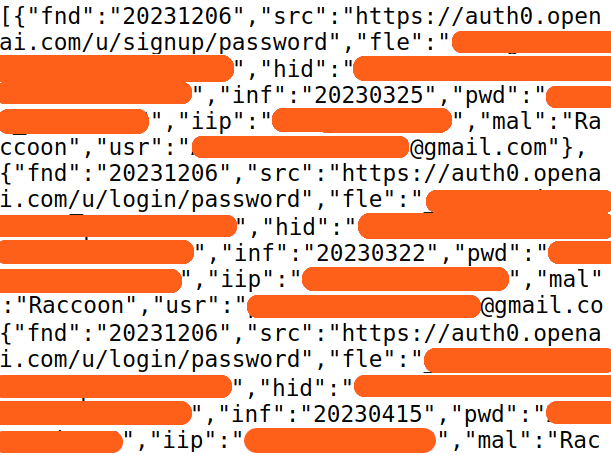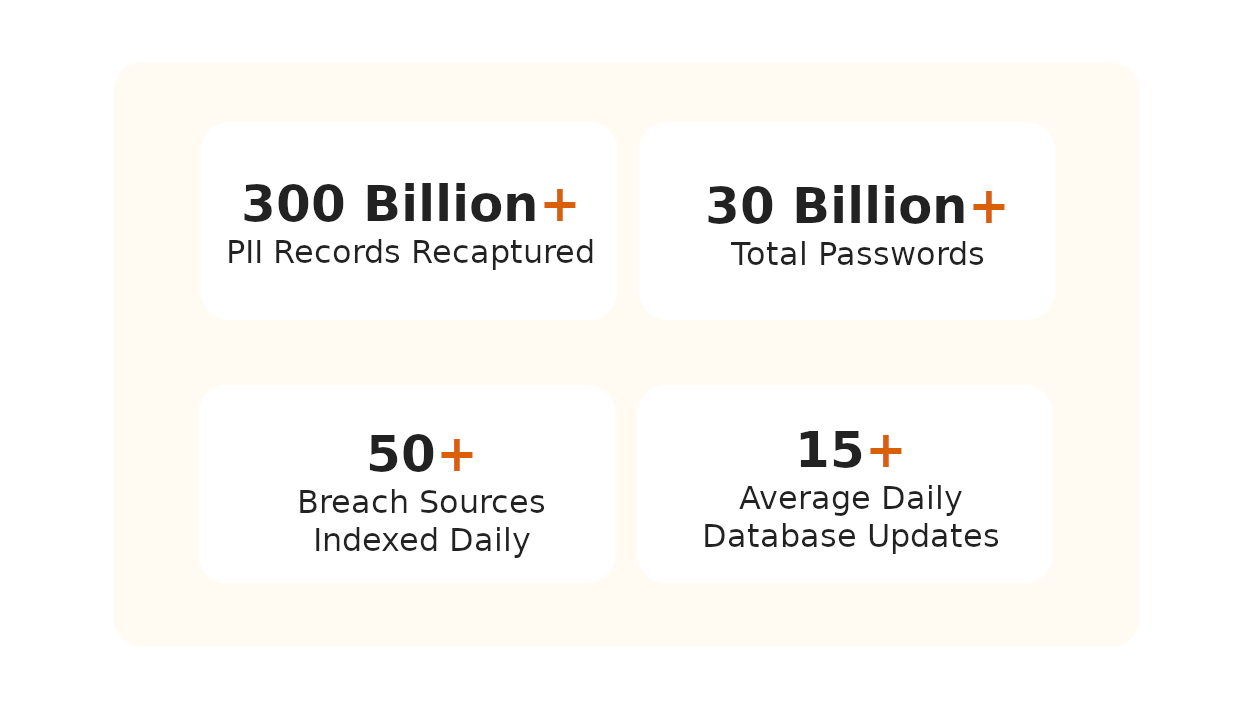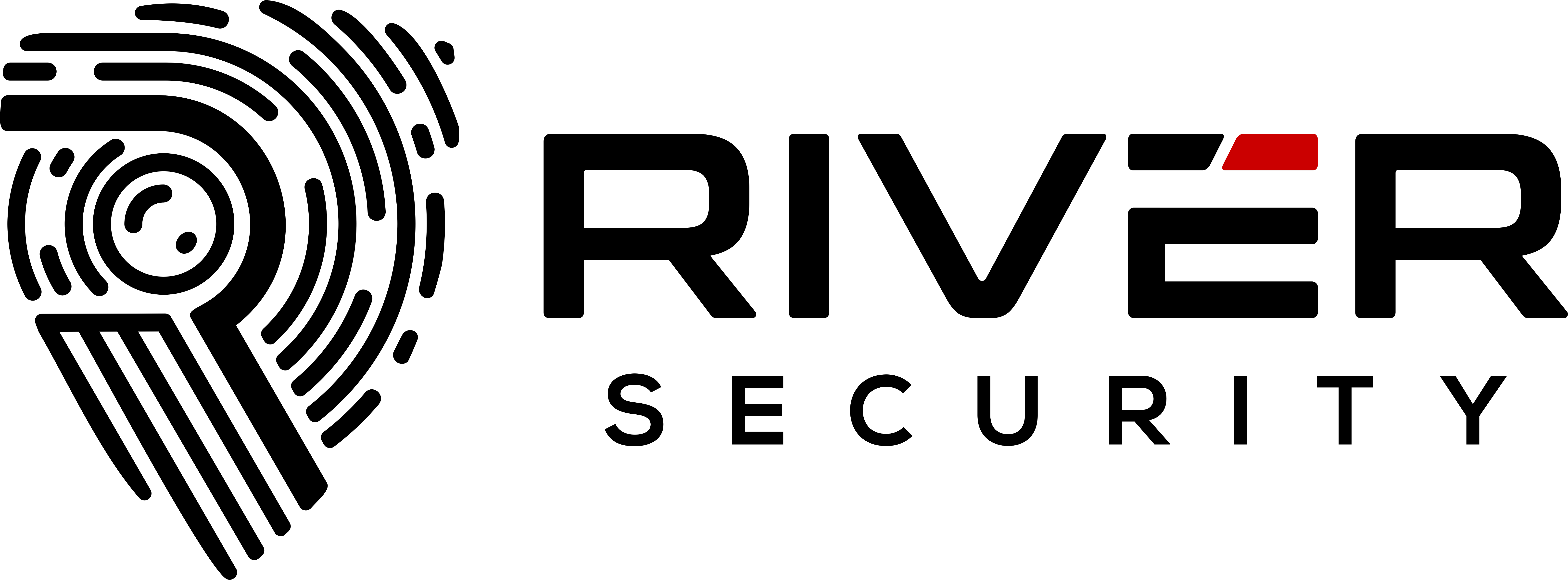What is External Attack Surface Management?
Modern organizations often have a sprawling digital footprint that is dynamic in nature. Security teams can’t lock down assets that they don’t know about. Without proper attack surface management, organizations risk leaving critical vulnerabilities undetected and unpatched, essentially giving attackers an open door. By mapping and monitoring your entire attack surface, security teams can proactively identify vulnerabilities, misconfigurations, and potential security gaps before cybercriminals have a chance to exploit them.

Gain Visibility
Vulnerability Management
Risk Prioritization
Monitor Your External Attack Surface with the #1 Platform Trusted by Great Companies from All Over the World
Our team uses Breachsense data to gain initial access during pen testing and red team engagements. The API is simple to use and the support is always helpful and responds quickly.
Our Security Colony platform relies on Breachsense data as part of our dark web monitoring service. The data is continuously updated and high quality. Highly recommend!
We rely on Breachsense for a lot of data. Their frequent database updates, constant availability, and handling of big and small breaches alike means we are always covered.
Breachsense Is Perfect For
Penetration Testers
Red Teams
Enterprise Security Teams
Incident Response Analysts
M&A Research
Frequently Asked Questions
Why is external attack surface management important?
External attack surface management is critical because organizations can’t protect what they don’t know exists. With the explosion of cloud services and remote work, companies are creating new digital assets faster than ever. An unfortunate side effect is that they often lose track of them. This creates dangerous blind spots that attackers are quick to exploit. Traditional asset management approaches can’t keep up with modern attack surfaces that change daily. This leaves organizations vulnerable to attacks through unknown or forgotten assets like old dev servers, misconfigured cloud storage, or abandoned domains. Cybercriminals are constantly scanning for forgotten assets, making it essential to find and fix vulnerabilities on these assets before they do. Without proper external attack surface management, you’re essentially leaving your digital front door unlocked and hoping nobody tries the handle.
What is the difference between EASM and Caasm?
External Attack Surface Management (EASM) and Cyber Asset Attack Surface Management (CAASM) serve different but complementary goals. EASM focuses on discovering and monitoring your organization’s external-facing assets that are visible to attackers from the outside. These include things like domains, IPs, cloud services, and web applications that can be accessed via the internet. Think of EASM as viewing your organization from an attacker’s perspective. CAASM, on the other hand, provides an internal view of all your cyber assets (both internal and external) by pulling data from existing security tools and systems. EASM helps you find and fix external vulnerabilities that attackers could exploit, CAASM gives you a complete picture of your entire IT environment.
What is the difference between internal and external attack surface management?
Internal and external attack surface management (IASM and EASM) focus on different segments of an organization’s security perimeter. Internal ASM identifies vulnerabilities within the corporate network. These include assets that an attacker could exploit after breaching the perimeter. External ASM, in contrast, monitors internet-facing assets. These include things like domains, IPs, cloud services, and third-party vendors that are visible and potentially exploitable from outside the network. EASM tools continuously discover and index these external assets, checking for misconfigurations, expired certificates, and exposed services. While both approaches are essential, EASM focuses on reducing the attack surface visible to outside threats, while IASM secures assets that could be compromised during lateral movement after an initial breach.
What is a Shadow IT policy?
A shadow IT policy is a set of rules a company creates to guide how employees use technology, apps, or systems that aren’t officially approved by the IT department. It defines what’s okay and what’s not when people use their own tools for work. The goal of the policy is to keep company data secure and reduce risks that come from unauthorized tools. One of the main reasons a shadow IT policy is important is in the event of a data breach due to an unapproved application, the policy shows due diligence in attempting to prevent such an incident.








